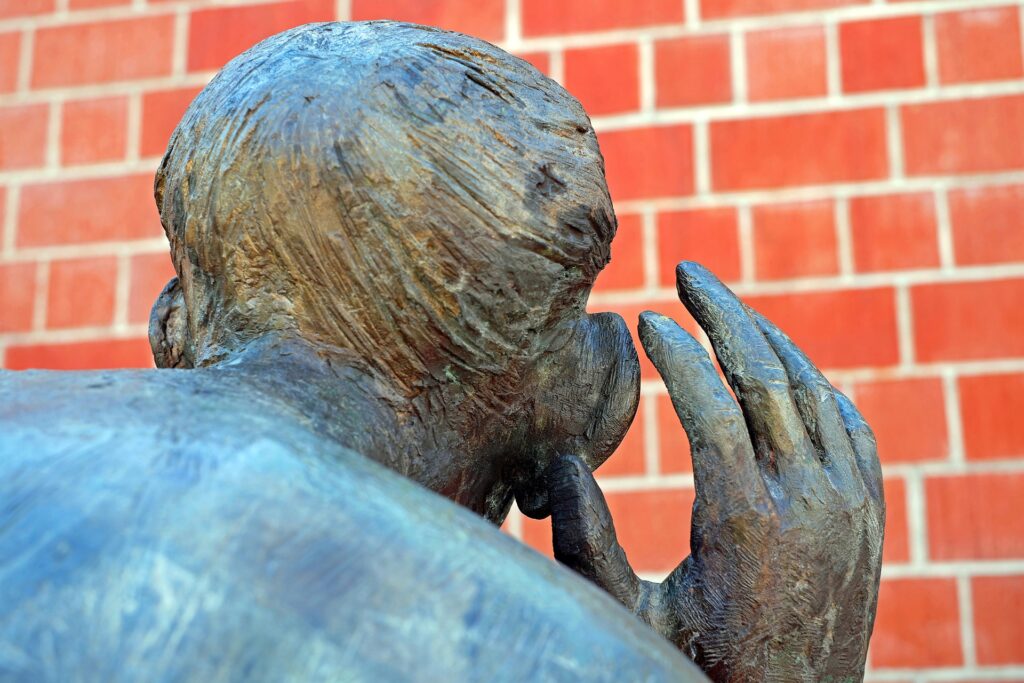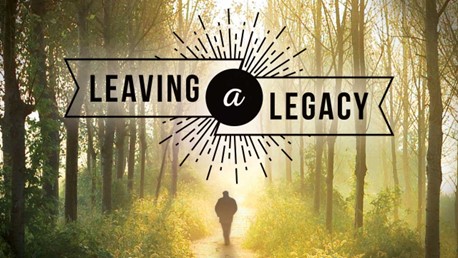
Active listening requires a skill that separates managing people from processes and products. You know that, but do you know why? When we’re promoted for the first time, we tend to think about the end result as if we were still an individual contributor. But here’s the thing. The feedback you get from processes and products is devoid of the one thing that real, live people possess – emotions.
Back in the day, we use to discount employee’s emotions, referring to them as “touchy-feely” stuff and making the argument that there was no room for it in the workplace. Yeah, right. Somewhere down the line, we started to address the entire employee. Why is Robert no longer the stellar performer he was last month? Nothing has changed in the workplace but he’s falling behind. You decide it’s time to find out what’s going on. And this is where many managers fail. They talk but they don’t listen. Let’s fix that right from the start.
What is Active Listening?
I call it “listening between the lines.” I hear the words but what are you telling me? Active listening means understanding not only the speaker’s words but also their emotions and the overall message they’re sending. It means asking questions that get to the heart of the matter. It’s not called the heart of the matter for nothing – this is your opportunity to see what’s causing the situation good or bad. Active listening is work, you can’t be a passive listener and it’s a skill you can learn and practice
Active listening improves your overall skillsets by:
- Building trust – when people feel seen and heard, they feel valued
- Improves critical thinking skills – getting to the heart of the matter allows you to see the big picture and how to carve out sustainable solutions instead of slapping a band-aid on the problem
- Reduces Miscommunication – minimized errors and confusion
How to do it
So, what are some steps you can take to make sure you hear what’s being said?
- Turn off the noise inside your head. You have to be 100% present in the conversation. You can’t be thinking about your next meeting, what you’re going to have for lunch, what you’re going to say in response to what you’re hearing. Focus completely on what you’re being told.
- Practice being emotionally intelligent. Regardless of whether you love or don’t like what you’re hearing, understand your emotional reaction and keep it in check. Why? Because part of active listening is managing the relationship between you and the speaker. Body language matters
- Acknowledging the speaker. This is the “active part.” Let the speaker know that you are engaged in what they’re saying. You can do this physically (nodding your head, making eye contact, etc.) and verbally (checking for understanding, asking open-ended questions to get more information, paraphrasing what you hear, etc.)
When to do it
I’m going to tell you to do it in every conversation. Why? The more you practice, the better you’ll get. But there are situations where it is especially important to make sure you hear what people say.
- One-on-one meetings. It is important that you meet with your people regularly. These meetings provide opportunities to get to know your employee, create and monitor career development plans, address performance issues, and understand the person behind the worker. Listening to what’s important to your people makes it easier to improve your performance as well as theirs.
- Team discussions. Using active listening skills in team meetings models the process for others. The end result is a team where everyone can contribute in a meaningful way.
The Bottom Line
Active listening is a soft skill with a powerful impact. By making a conscious effort to hear and understand your team, you’ll foster trust, collaboration, and a positive work environment. Like any skill, it takes practice, but the payoff in employee satisfaction and team success is well worth the effort.
As a new manager, remember listening is not a passive act; it’s an active investment in your team’s potential.

